LG didn't always get everything right, but it moved the needle for the rest of the industry.
Goodbyes are never easy, and LG's recent announcement on leaving the increasingly competitive mobile industry was especially painful, for lovers and dissenters alike. No matter your feelings on LG's last few product lines, it's impossible to deny the influence the company has had on the smartphone industry throughout the years. From Quad DACs to ultra-wide cameras, double-tap to wake, and modular hardware, LG has never been afraid to experiment and offer consumers unique, niche features.
Some of the best LG phones were ones that few other manufacturers, if any, would dare to design. A phone with a rotating swivel display, hiding a smaller square screen underneath. A phone with a rugged, rubberized backing and stainless steel rails, backed by a secondary screen up top and a myriad of previously unseen manual video controls. A phone with a slide-out bottom that allowed you to add camera grips, extra batteries, or even a more powerful audio system.
The mobile space simply won't be the same without LG contributing wild new ideas at every turn. Not every swing was a home run, but there's something admiral about the company's unending willingness to try. We asked around the Android Central staff to get each writer's take on LG's legacy, and memories both fond and frowned upon.
Adam Doud Freelance Contributor
Adam has been writing and podcasting the mobile tech space for almost a decade. When he's not writing for Android Central, he hosts the Benefit of the Doud podcast, spends way too much time on Twitter, and redesigns his office space over and over.
My history with LG is fairly short, and I won't apologize for that. But, in my career, I have usually been the guy who reviews the budget and mid-range phones, and up until around 2018, that has meant, without exception, "crappy phones." So when I say that the wheels kinda came off from LG after its modular attempt at the G5, I have to caveat that by saying, I never reviewed the LG G5. But I don't think you need to use a specific phone to know that having to power off and remove the battery from a phone in order to change a mod sucks.
The LG G6 is a phone that I did own and review, and it was a gorgeous, if slightly "meh" phone from a design standpoint. But when LG started playing around with second screens, both in the V50 and the Wing, I was beyond thrilled that a company was playing in the space again. Foldables, whatever, but the second screens were awesome. I'm happy to say I have been able to test/review every LG phone with a second screen, save for one, and I was excited by the idea that the second screen case keeps getting better and better. I was beyond stoked to hear about the Explorer Project, because it signaled a willingness to experiment and know going in that profits were not going to happen.
Then the power that be asked the most dangerous question. "Wait, that's going to cost how much??" and we all know what happened from there. There was so much promise in the LG of 2018-2020, and now there's nothing. Overall, it's both sad and predictable, which is what makes it so damn sad ... and predictable, but mostly sad.

Alex Dobie Executive Editor, Global
An almost decade-long veteran of AC, Alex is usually found in the UK — even more so than usual this past ten months. He has been blogging since before it was called that and spends most of his time leading video for Android Central on YouTube and beyond, which involves pointing a camera at shiny things and speaking words at a microphone. When all this is over, maybe he'll get back to posting airplane window shots on Instagram.
2015 was a rough time to be releasing an Android smartphone. Google and Qualcomm had just launched the platform into the 64-bit world, with new chips and a refreshed version of the OS, both of which were… Not Great. The Snapdragon 810 became notorious for overheating and performance issues, and Android 5.0 Lollipop was a mess on just about anything that wasn't a Nexus. No surprise, then, that one of the earliest devices to combine the two was kind of a train wreck. That phone was the LG G Flex 2, famed for its flexible screen and battery — and "scratch-resistant" back panel, which upon testing, scratched more easily and more permanently than any phone I'd previously used. But at least it had the power of that 64-bit octa-core Snapdragon, which happily ran at full speed provided it was amply cooled. Inside a refrigerator.
That's not a joke. Such were the thermal issues of those early-run 810s that, in my testing, the G Flex 2 would only run at full speed, with all its CPU cores enabled, when placed inside my fridge. Exposure to room temperature would eventually cause the chip to throttle back down. The G Flex 2 was bad in plenty of other ways, but only being usable at full speed with the assistance of a kitchen appliance sums up its flaws pretty well.
The LG G4, though, was one of my favorite phones of that year. It launched a few months after the 'Flex, and used the slightly less powerful, but cooler and better optimized Snapdragon 808. Its battery life was superior, and it could reach its full clock speeds outside of the fridge — which was convenient, because that's where most of my phone use took place. More importantly, the G4 represented peak old Android for me -- the pinnacle of the Android era dominated by removable batteries, before everything was all glass and metal and glued in place. The G4's leather back panel was unusual but stylish, and I remember paying an exorbitant amount of money to import that and an external battery charger from Korea before several weeks of travel over the summer of 2015.
That's where I discovered that the G4 was also one of the first really great Android cameras, easily matching the Samsung phones of the time thanks to its optical stabilization and color spectrum sensor. In 2015 it was rare to have a smartphone camera that could take great pictures after around 5pm, and LG's optics and image processing meant that night-time photography on an Android phone was not just possible, but a whole lot of fun.
Check out this Twitter thread for some of my personal favorites shot from an LG camera over the years, including plenty from the G4.
![]()
Andrew Myrick Freelance Contributor
Andrew is a freelance writer at Android Central. He enjoys everything to do with technology, including tablets, smartphones, and everything in between. Perhaps his favorite past-time is collecting different headphones, even if they all end up in the same drawer. You can follow him on Twitter @andymyrick for some random tech takes, but more sports and Star Wars memes.
In the days of TouchWiz, I couldn't stand using Samsung, leaving me not much choice other than LG. But I unexpectedly fell in love with the different LG devices ranging from the G2 and going to the G7, only skipping the G5. Never once have I used a V-series phone, so I can't speak to that, but for a few years, LG was seemingly on top of the world. It wouldn't be a stretch to say that LG helped nurture my love for Android as I began to transition from iOS.
The Nexus 4 and its gorgeous, sparkly back plate helped me fall in love with the Nexus line, which was reinforced with the matte finish of the Nexus 5. Of course, I skipped over the Nexus 5X (thankfully) and went with the Huawei-made Nexus 6P, but that was really the beginning of the end for my LG run. It was interesting watching LG try to throw a bunch of things at the wall to see what would stick, but it just wasn't enough. It's a shame, because the LG Rollable would have been a strong contender to replace my Z Fold 2.
![]()
Ara Wagoner Staff Writer
Born and raised in Austin, Texas, Ara dove into Android in 2011 and has been theming launchers and poking entertainment apps with a stick. When she's not writing about cases and Chromebooks, Ara tests her tech at Walt Disney World and bakes bread and pumpkin seeds depending on the season. If you see her without headphones, RUN.
I actually didn't play with many LG phones, even during its hey-day, but there's one tiny little thing I miss about the LG G4. See, back when I got to try out the LG G4, I was trying to kick my soda habit, and the G4 had this bubbly animation when you unlocked the phone. Most of LG's software was trash, but that bubbly little animation made me smile every time I opened the phone.
The G4 also had that slight curve to it that felt ridiculously good in the hand. I wasn't as turned on by the leather backplates as my compadres here, but the G4 was one of the only phones that I never got a case for, because the back felt so good that I didn't want to cover it up. And coming from the phone case queen, that is high praise.
![]()
Daniel Bader Managing Editor
Daniel Bader is the Managing Editor of Android Central. He drinks way too much coffee and sleeps too little. He wonders if there's a correlation.
If you work in this industry as a tech reviewer, you've inevitably come across a few phones that you love in spite of their obvious flaws. The LG G3 was a perfect example of that.
One of the first phones released in North America to ship with a QHD display (yes, all the way back in 2014), it fit a huge 5.5-inch screen into a relatively compact body, with a standout dual-toned design that really did separate it from the rest of the industry. (You'll also have to remember that 2014 was the year of the Galaxy S5, whose plastic back looked like a Band-Aid, making the G3 appear even more of a design win).
But if you think LG's software feels incomplete and buggy in 2021, it was a completely different level of disaster back in 2014. Contrasted with the software panache of the HTC One M8, which also set itself apart from the rest of the industry with an all-metal build and an innovative (yet flawed) large-pixel camera, the G3 was completely overshadowed by the competition, largely because of its poor software experience.
Still, the G3 was a high-water mark for the company, coming off the success of the Nexus 5 and finding its footing with some really interesting phone designs, and failed experiments, over the next few years. I still have my LG G3 lying around somewhere, and it's fun to pick it up every once in a while and see what's changed — and what hasn't.

Derrek Lee Staff Writer
Writer of nerdy tech things at Android Central.
The first cell phone that I ever wanted was an LG flip phone, the L1400, although I ended up stuck with some random Siemens phone. It would be years before LG ever entered my radar again with the LG G4, which I thought was a phenomenal device. I remember being really impressed with the camera, and I never experienced the bootloop problem like everyone else. So I wasn't jaded when I upgraded up to the LG V10 with its rugged Dura Guard build and stainless steel frame. By luck, I ended up winning a free LG G5 the following year, and I was quite impressed with it, despite its huge flaw, showing it off to anyone who would stick around to watch me swap out the bottom for a new battery. I also loved to show off the ultrawide camera, since the G5 was one of the first smartphones with a usable dual camera setup. LG had me hooked.
I remember things started to calm down with the G6, which was a curious introduction to wider aspect ratios, something that has become a standard these days. It was very much toned down from the G5 but much more palatable after the largely experimental G5.
The V30 was probably my favorite LG smartphone. I remember being very excited when I watched the announcement because LG seemed really focused on its video capabilities. As an amateur videographer, I felt like they were really targeting me and made that phone for me. That's probably the longest I've ever owned a smartphone, which was nearly two years, and I made several videos with it. I also loved that the V30 had a sleek design and minimal bezels. That was also when I realized LG was doomed because whenever I would show it off, people would always complain about past bootloop issues, even though that had been fixed by the time the V30 came out. I would always try to defend LG, but no one was buying it. Literally.
After some time with the V30, I traded up to the LG G8, which brought back LG's experimental ways with its front-facing ToF camera. It was fairly gimmicky, but ultimately there was nothing too exciting about it. But I think it's fitting that my LG journey has ended with the LG Wing, the last smartphone for the company to release, and the last time we'll see LG's weird, cooky ways. Interestingly, after years of subpar image quality, the Wing seemed to get it mostly right, and the swivel screen experience isn't terrible.
As a huge LG fan, I'm sad to see the company go, but I understand this is the way it has to be. After a couple of years, I started mentally preparing myself for this moment, but it's still hard to believe it's finally happening. Unfortunately, LG couldn't find its niche in a world where Sony still sells smartphones.
![]()
Hayato Huseman Video Editor
Hayato is a recovering trade show addict and video editor for Android Central based out of Indianapolis. He can mostly be found complaining about the cold and enthusing about prog metal on Twitter at @hayatohuseman.
One of my first review units years ago, when I had just started at Pocketnow, was the LG G Flex 2. It had a vibrant red "self-healing" back, and I was assigned to put that claim to the test. I dropped it from various heights, threw it out of my car, and eventually took a knife to it. It was a brutal (and admittedly fun) experience, but that phone was a lot more than just a durability test.
It was classic LG in its infancy. It had a vertically curved screen, rear-mounted power and volume controls … the execution was far from perfect, but I loved that phone for what it was: a fun idea turned into a real product that few others would have bothered to make.
Fast-forward through the years, and while I'm not sure I ever truly loved many of LG's ideas — or at least, the implementations — they were all experimental and unique. From gesture controls to attachable secondary screens, swappable modules, and whatever you'd call the Wing, LG was creative in a way that much of the competition just wasn't.
I won't always miss the products, nor the software support, but new ideas and competition rarely detriment the consumer. So long, LG, and thanks for the memories.
![]()
Jerry Hildenbrand Grumpy Old Man
I'm like that song stuck in your head that you don't know the words to or even the name, but you know it's really good. I've been around since the early days of computers and developed my first chunk of poorly written software using punch cards, and this somehow makes me extremely capable to write about Android. If it plugs into the wall, chances are I've taken it apart and tried to put it back together again. I like to crack jokes and tell tales of valor on Twitter sometimes, so say hey.
LG built what I think was the best Android phone of all time: the V10. It was built like a tank, had a really cool rubber "grip," and was the first LG phone with its "premium audio" package. And I loved and abused it for years.
I didn't care for the software because, well, come on. It was LG, and they have always sucked when it comes to software. It rarely got updates, which is something I really want to see in a phone, but I just didn't care, because once I plugged in a set of headphones, it was marvelous.
LG (and others) made plenty of other phones with premium audio, and they all sounded really good. But something about the V10 made it better, and I carried it around as a dedicated audio player long after it stopped being a useful smartphone. If it hadn't finally died, I would probably still have it inside my bag. I hate to think the company that gave us (me) the V10 won't ever try to replicate the magic.
Also, bootloops. I won't miss those.
Nick Sutrich Freelance Contributor
Nick is a freelance writer and contributor to Android Central. He's been writing about tech since 2011 and loves robot vacuums, home automation, virtual reality, and any kind of gadget that's connected to the Internet. Find him on Twitter at @Gwanatu.
Me? I was the weird guy who loved LG phones. For years, I used them as my daily driver and refused to apologize for it. LG was the company that started the ultra-wide-angle lens trend, the company that pushed for manual camera options that no other OEM even dared to care about, and the company that passionately ventured full-force into the wild and often weird (see: the LG Wing) world of form-factor innovation and experimentation. Heck, I'll never forget the CES where I held that lipstick red LG G Flex 2 and bent the phone as it was meant to be. So much promise, and so much disappointment.
These fleeting moments are the perfect representation of how LG treated the smartphone world. For all intents and purposes, LG essentially was throwing everything at the wall to see what stuck, and, unfortunately for them and every consumer that ever dared to dream of investing in an LG device, nothing ever did. LG's innovations over the years were regularly overshadowed by their near-complete lack of support for a device. It wasn't just major software updates that LG lacked, it was the pivotal security updates for phones that were only months old, leaving customers in the proverbial muck of a cyber world filled with OS vulnerabilities never to be patched.
Even still, I look fondly back on the devices I actually used every day. LG's V series holds a particularly special place in my heart as I took it upon myself to fully believe in LG's vision of a phone built for creators. I ran a YouTube channel for several years and filmed exclusively with LG phones; namely the V20, V30, and V40, all of which delivered a superb experience and did exactly what I wanted most of the time.
It was refreshing being able to use a smartphone — a relatively small device in a world of giant cameras — as it enabled me to do something different than what I believed others were doing. I may not be in the YouTube game anymore but I'll always look back fondly on what LG enabled me to do with their phones and lament the fact that they allowed such excellent products to shrivel on the vine, often when they were among the first — or the very first — to pioneer some sort of technology, form factor, or concept that others would later copy. So long, LG. I will certainly miss your quirky antics.
What are your favorite LG memories?
Whether it's a particularly special phone or a specific feature that became an essential part of your everyday life, we want to know about your experiences with LG. Heck, it doesn't have to be a positive memory to be worth sharing — though even if you're still scorned by the G4's rampant bootloop issues and weren't particularly upset to hear about the company's shuttering, just remember that less competition is never a win for the consumer.
Sound off in the comments below, and help us give LG a proper send-off!
from Android Central - Android Forums, News, Reviews, Help and Android Wallpapers https://ift.tt/3wzhJ5Y
via IFTTT
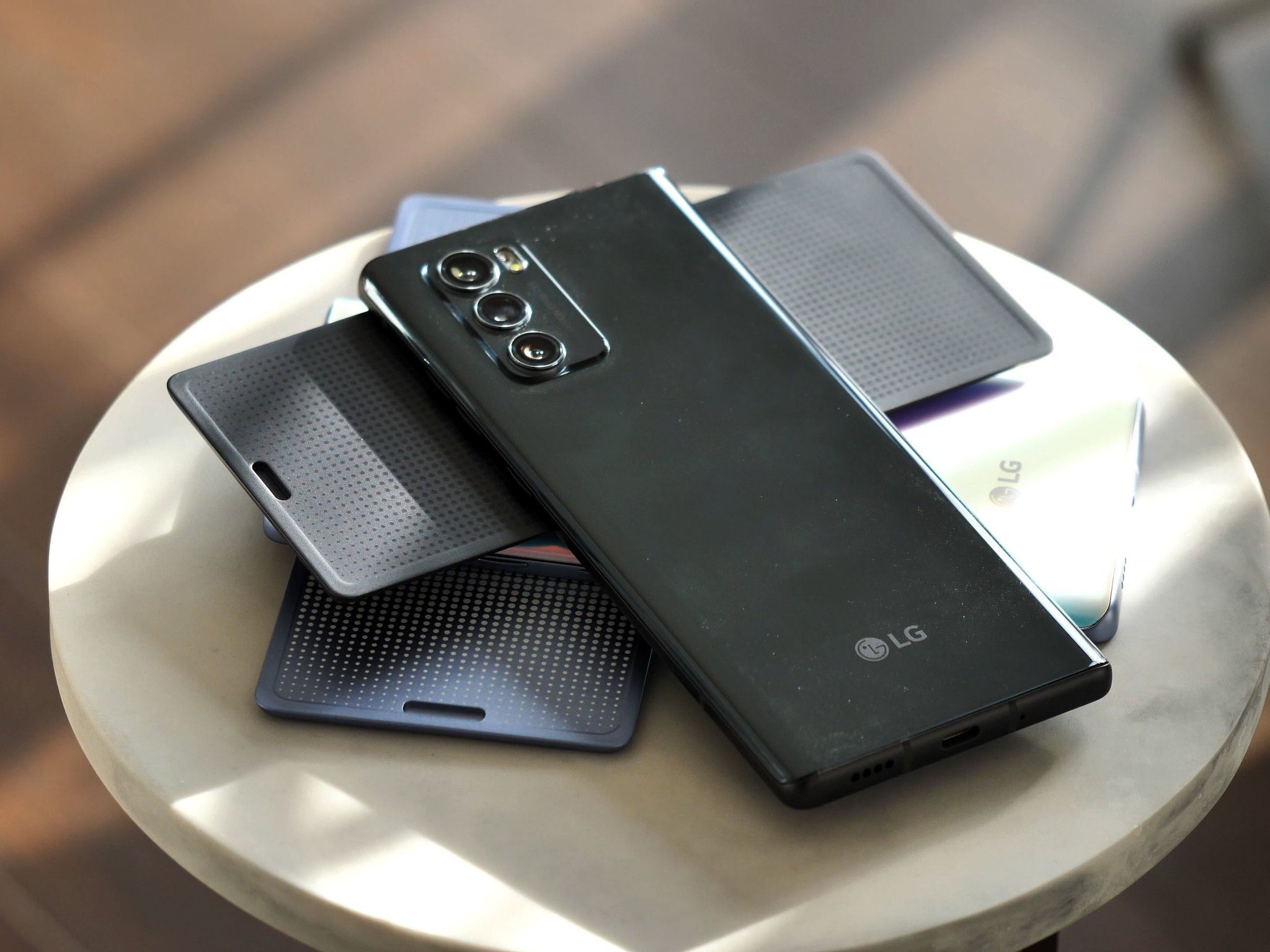

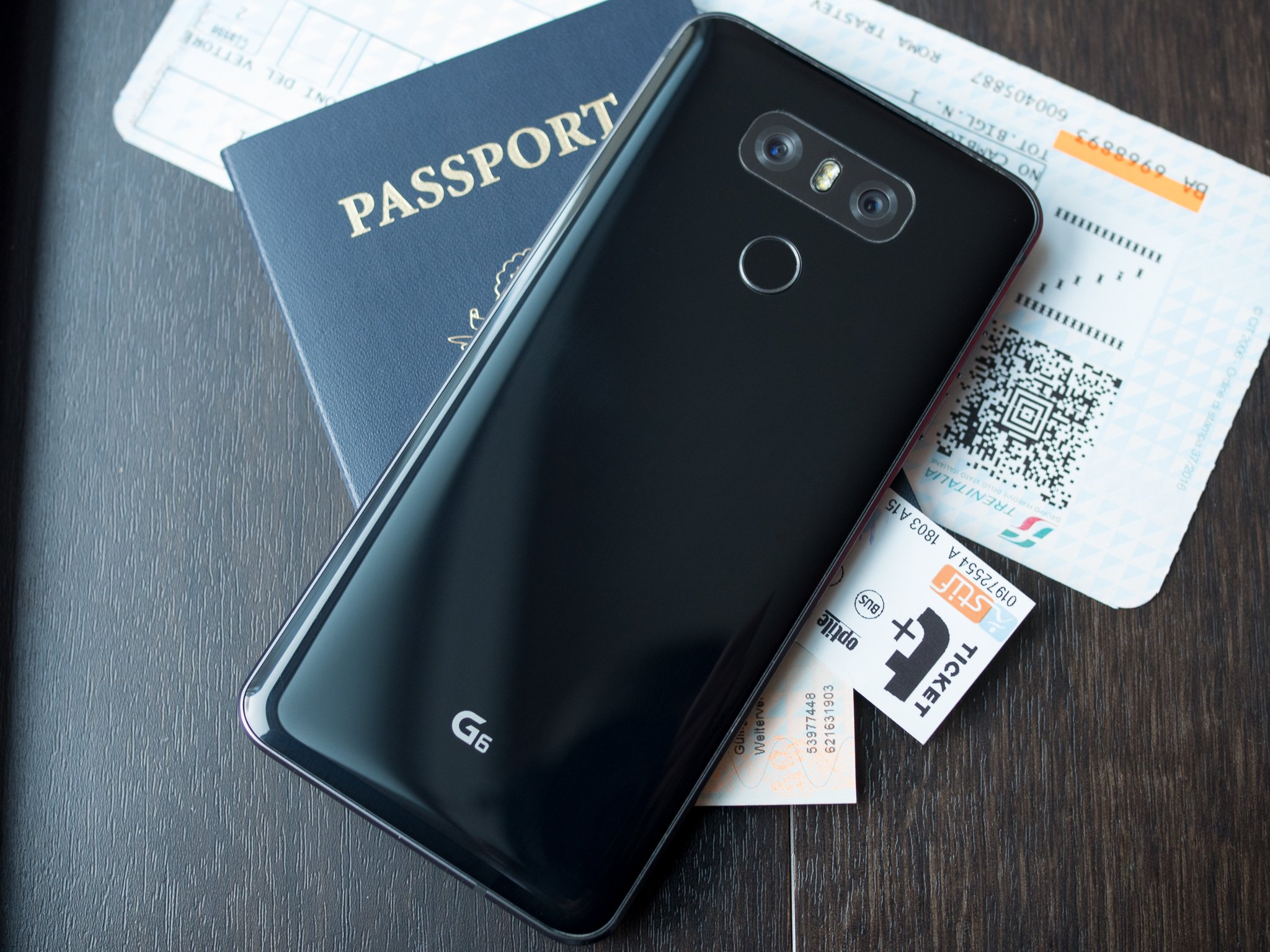
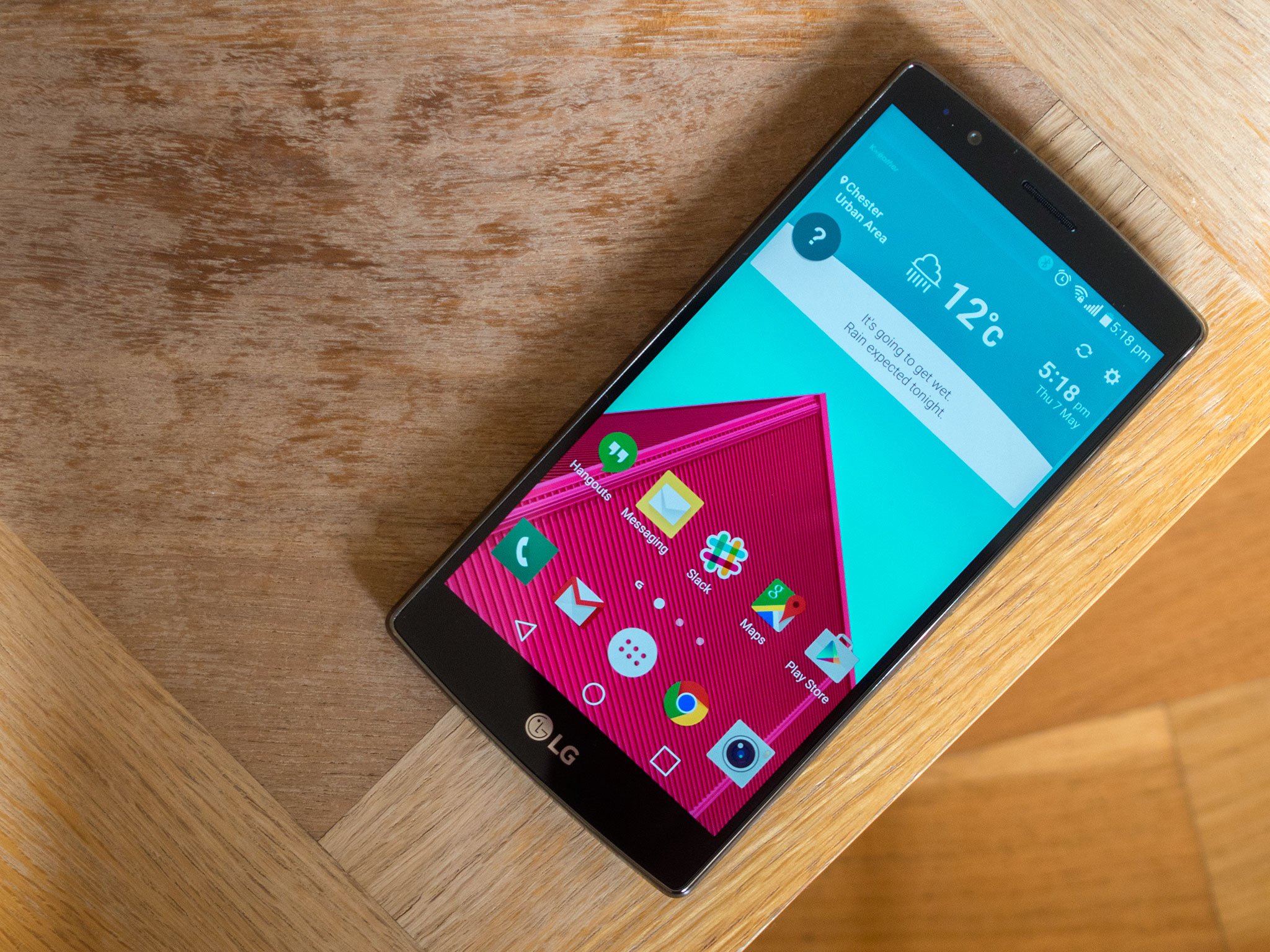
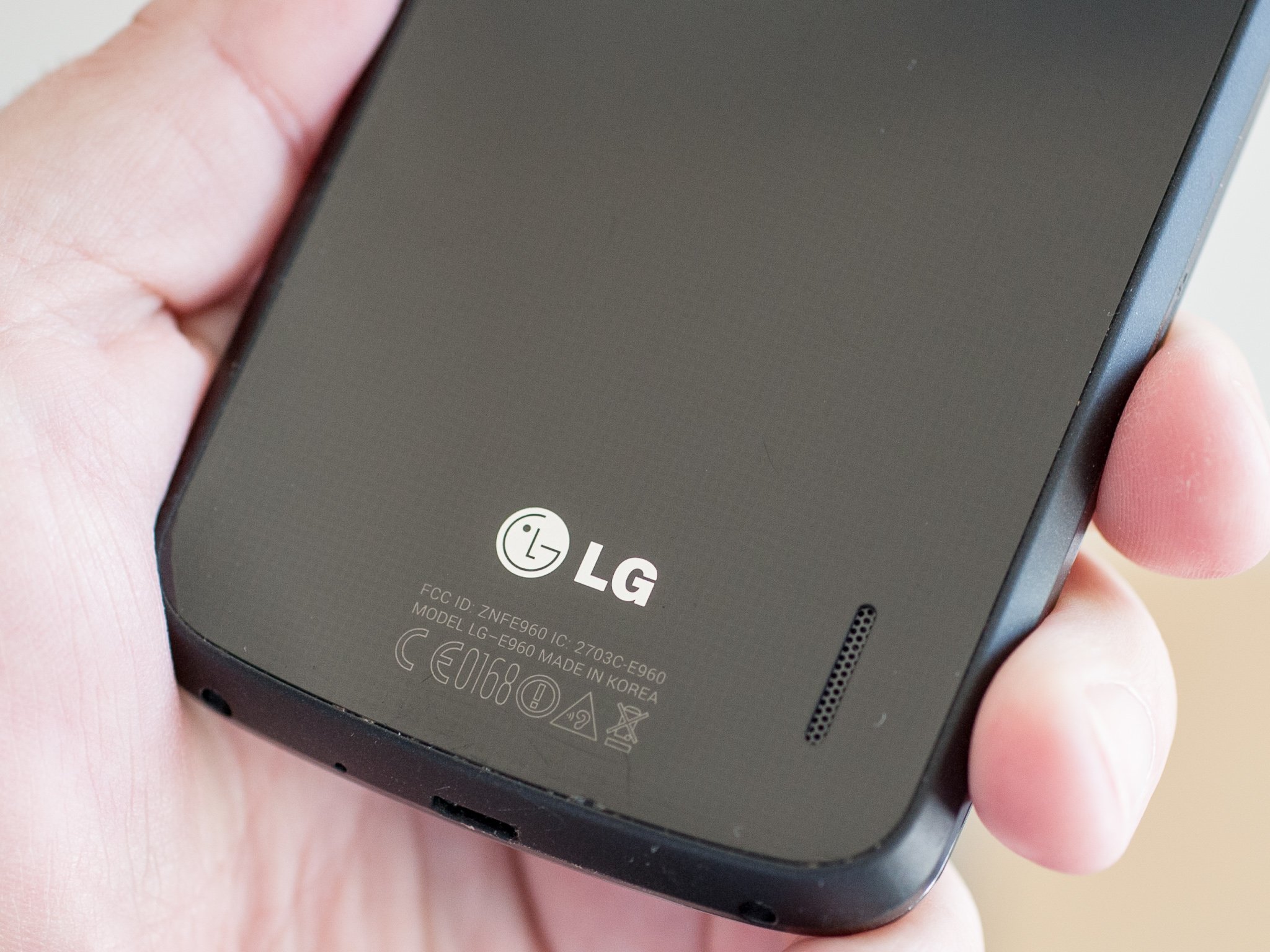
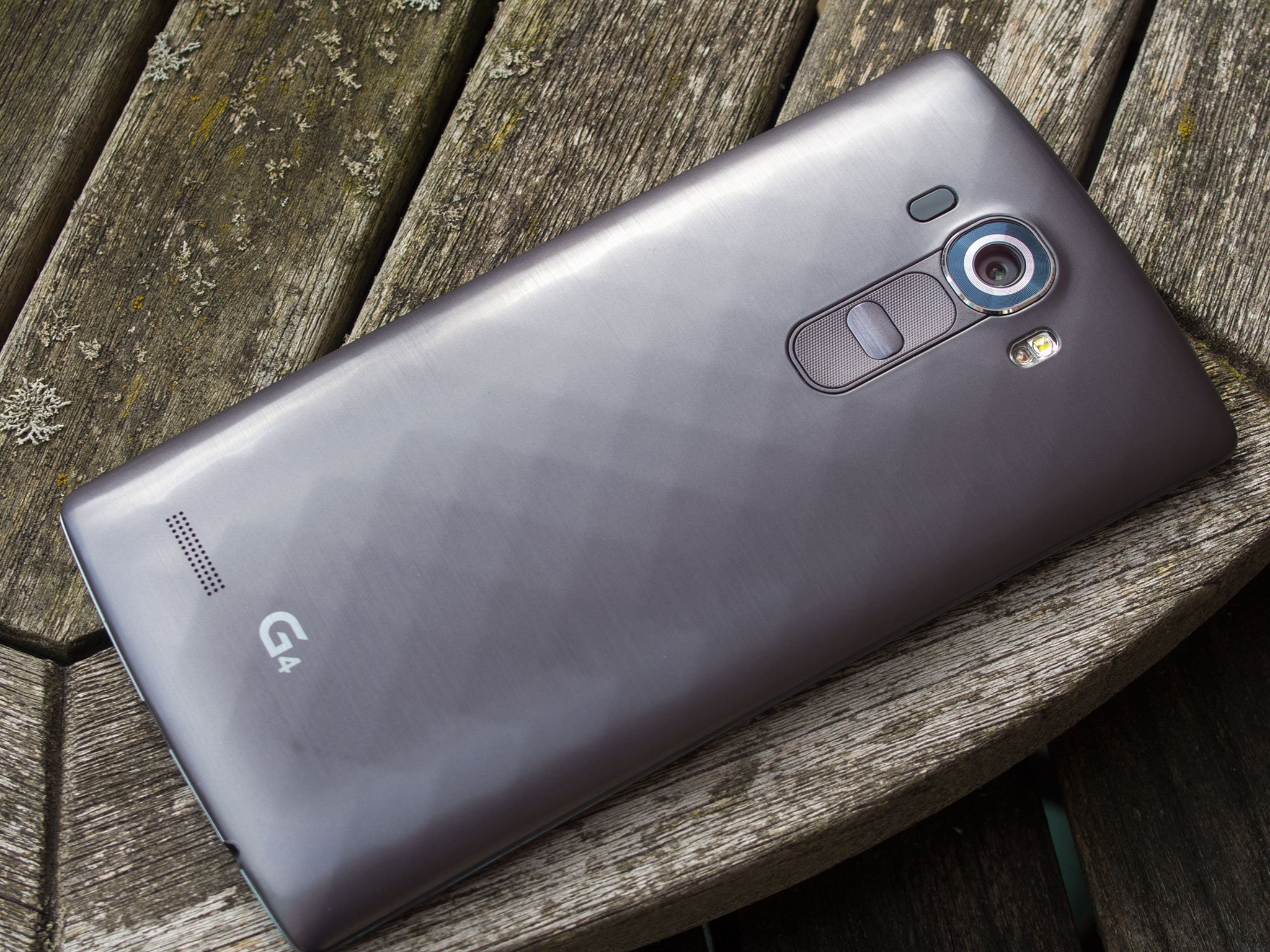
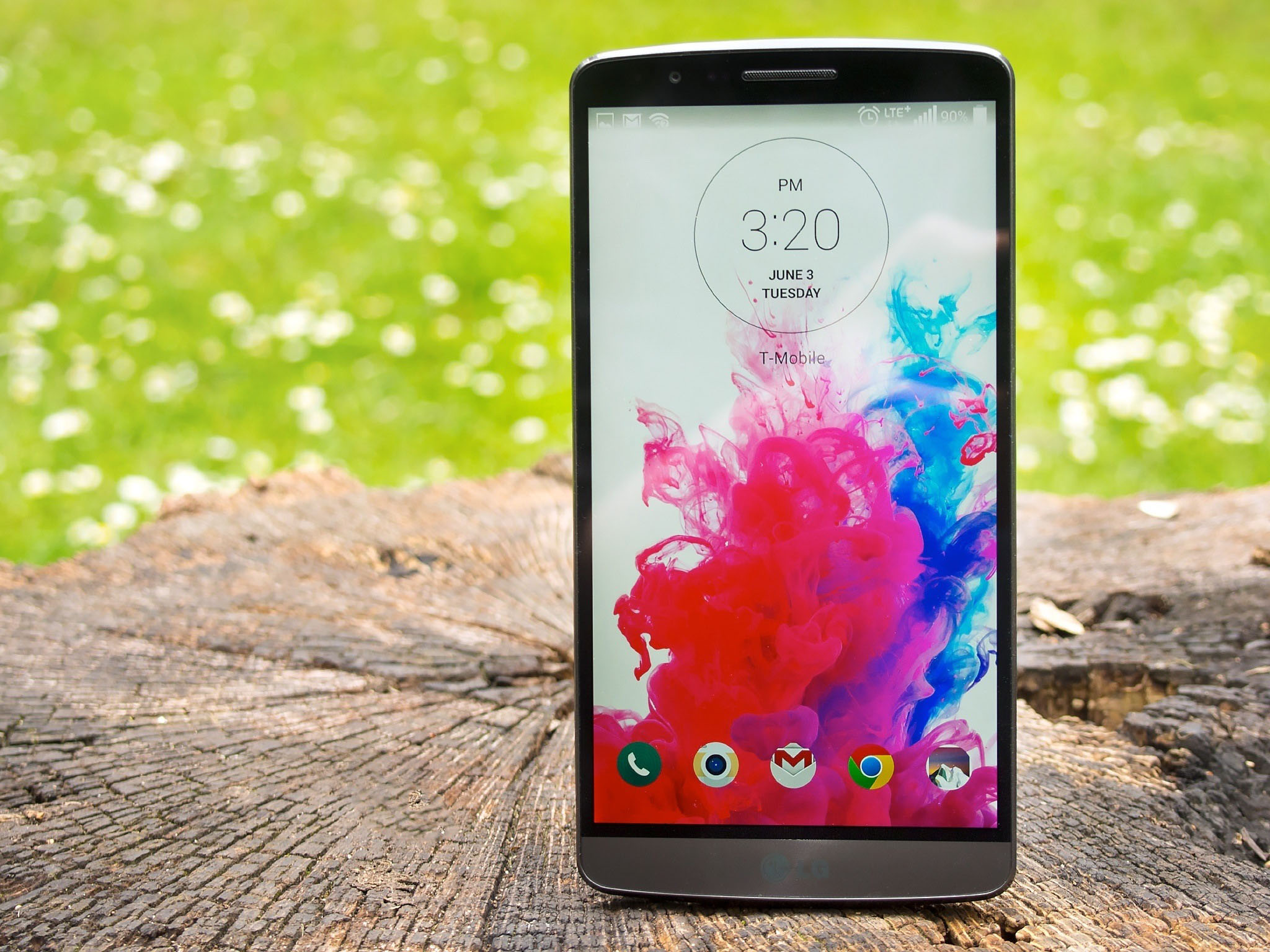
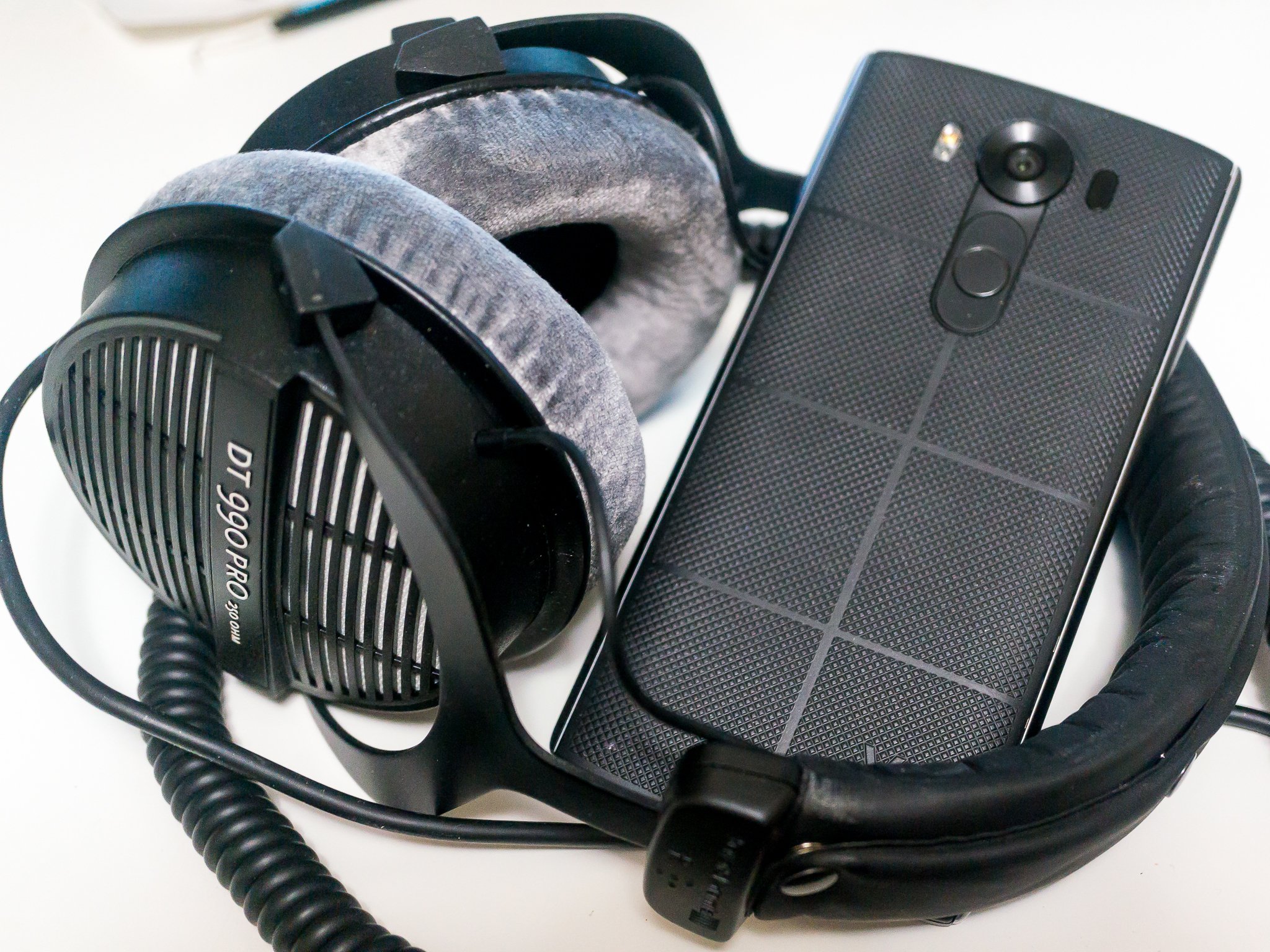
No comments:
Post a Comment